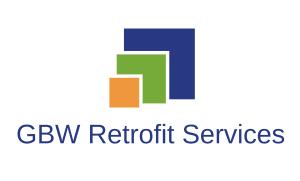Understanding PAS 2030
In alignment with global efforts to cut emissions, the UK government has committed to enhancing the energy efficiency of existing buildings, aiming for an Energy Performance Certificate (EPC) rating of C or higher by 2050. As part of this initiative, the PAS 2030 standard was established to provide guidelines for the installation of energy efficiency measures in existing buildings.
Introduced in 2013, PAS 2030 sets out best practices for energy efficiency in residential buildings (PAS 2035) and commercial properties (PAS 2038). These standards are updated every two years to incorporate new knowledge and practices. The aim is to ensure high-quality installations that follow a holistic, whole-house approach to energy efficiency.
Why PAS 2030 Matters for Installers
For installers, achieving certification to the relevant PAS 2030 standard is crucial to participate in government-funded energy efficiency programs in England. These certifications help meet the UK’s targets of reducing carbon emissions by 78% by 2035 and achieving net zero by 2050. PAS 2030:2023 replaces PAS 2030:2019+A1:2022, which will remain valid until it is withdrawn on March 30, 2025.
The standard is fundamental for future energy efficiency funding programs set by the UK government. Current programs that require PAS 2030 certification include:
- Energy Company Obligation (ECO)
- Green Homes Grant Voucher Scheme (GHGVS)
- Green Homes Grant Local Authority Delivery scheme (LAD)
- Social Housing Decarbonisation Fund (SHDF)
- Home Upgrade Grant (HUG)
The Latest PAS Standards and When They Take Effect
Following a public consultation in early 2023, the British Standards Institution (BSI) published the updated PAS 2035/2030:2023 standards on September 28, 2023. The new standards replace PAS 2030:2019+A1:2022, which will remain current until March 30, 2025.
Why PAS 2030 Standards Are Essential
The updated PAS 2035/2030:2023 standards create a framework for retrofitting homes across the UK. With around 27 million homes in the country, of which 17 million fall below the EPC C rating, the scale of the challenge is vast. The standards ensure retrofits are carried out to a high quality, with consumer protection provided by TrustMark.
Scope of PAS 2035/2030
For Installers:
PAS 2035 outlines requirements for retrofitting residential properties, covering everything from assessment, design, and specification of energy-efficient measures to monitoring and evaluation of completed projects.
For Homeowners:
The standards also guide advising occupants on the best improvement options for their homes, maintaining retrofitted properties, and evaluating project outcomes.
What PAS 2030 Specifically Covers
PAS 2030 provides detailed requirements for the installation of energy-efficient measures, including:
- Installation processes
- Process management and service provision
- Appropriate methods, equipment, tools, and materials
- Commissioning of installed measures
- Training and qualifications for installers
It also includes guidelines to help installers ensure the effective functioning of energy efficiency measures.
Key Updates in PAS 2035/2030:2023
The new standards bring several changes:
- A transition period of 18 months allows projects begun under the previous standards to be completed.
- Retrofit technical guides are now included as part of the updated standards.
- Retrofit coordinators must now consider the entire dwelling for retrofit, and a medium-term improvement plan is a requirement.
- An airtightness strategy must be developed for certain fabric projects, including setting targets and conducting air leakage testing.
- Monitoring and evaluation are emphasized throughout the project lifecycle, referencing the BS40101 Building Performance Evaluation.
Role Clarification for Retrofit Coordinators
The Retrofit Coordinator’s role has been clarified to include safeguarding both client and public interests, gathering evidence, documenting inspections, and reporting non-compliance issues.
Special Considerations for Historic Buildings
The PAS 2035 standard has integrated a simplified BS 7913 assessment for retrofitting traditional buildings. If proposed measures impact the building’s historic significance, a comprehensive heritage assessment should be conducted.
Ventilation Requirements
In cases of damp and mold, acceptable ventilation systems include:
- Continuous Mechanical Extract Ventilation (MEV)
- Mechanical Ventilation with Heat Recovery (MVHR)
- Other systems that effectively remove moisture at the source.
Transition Period
The current standards, PAS 2030:2019 + A1:2022 and PAS 2035:2019 +A1:2022, will be withdrawn on March 30, 2025. Installers are advised to transition to the new standards as soon as possible by contacting their certification body.
Verifying Your PAS Certification
PAS certifications are issued by UKAS-accredited bodies. If you’re uncertain about your certification status, it’s recommended to contact your Certification Body directly.
Reasons to Transition Now
Comprehensive Guidelines:
The updated PAS 2030 standards provide detailed best practices for “whole house” retrofits, covering every stage from inception to completion.
Free Access:
The PAS 2035/2030:2023 document is available for free download.
Funding Requirements:
The standards are mandatory for all publicly funded projects under schemes like ECO4, SHDF, and HUG.
Improved Efficiency and Reduced Risk:
The revised standards aim to enhance the quality and consistency of retrofit work, reducing errors and the risk of poor workmanship.
Critical for Net Zero Goals:
Retrofitting nearly all of the UK’s 27 million homes is essential to achieving the 2050 net zero target, offering substantial benefits for both the environment and businesses involved in the sector.
By adopting these updated standards, you ensure your business remains compliant with the latest requirements, contributing to a more sustainable future.

